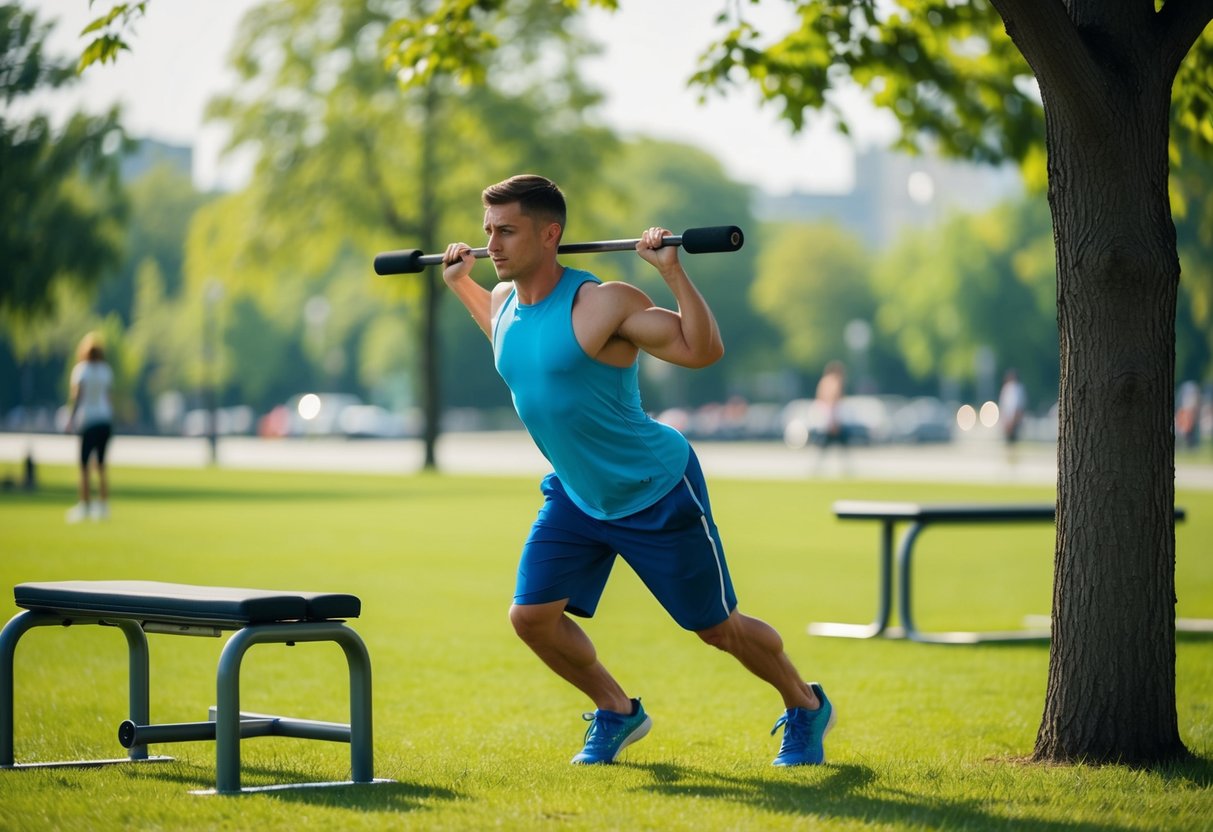DIY Calisthenics: Build Strength and Flexibility Without Equipment
Calisthenics offers a powerful way to build strength and flexibility without the need for any equipment. This form of exercise utilizes the body’s own weight as resistance, making it accessible to anyone, anywhere. By incorporating a variety of movements, such as push-ups, pull-ups, and squats, individuals can effectively increase muscle strength and improve joint mobility.
For those eager to start, calisthenics presents an adaptable exercise routine that can be tailored to fit any fitness level. Whether someone is a beginner or experienced, calisthenics exercises can be modified to meet personal goals and abilities. This versatility ensures that everyone can benefit from these workouts without the pressure of having access to a gym or special equipment.
Bodyweight workouts not only help in building muscle but also enhance flexibility. Movements such as lunges and bridges strengthen the core and improve balance and coordination. By regularly practicing calisthenics, individuals can enjoy the dual benefits of a stronger, more flexible physique.
Understanding Calisthenics
Calisthenics offers a unique approach to strength training using body weight to build physical and mental strength. It provides flexibility in training without traditional equipment, distinguishing it from weightlifting.
History and Philosophy
Calisthenics has roots stretching back to ancient Greece, where athletes prepared for the original Olympic Games. Its name comes from the Greek words “kallos,” meaning beauty, and “sthenos,” meaning strength. This training method emphasizes harmony and balance, aiming not only to build your body but also to develop mental discipline. Modern calisthenics retains these principles, focusing on exercises like push-ups, pull-ups, and squats, promoting the idea that one’s own body is the best tool for fitness.
Benefits of Bodyweight Training
Bodyweight training offers numerous benefits, making it a preferred choice for many. It enhances cardiovascular fitness, muscular strength, flexibility, and balance without the need for gym equipment. It is accessible and adaptable, allowing individuals to train anywhere. Consistent practice helps build your mind as exercises require focus and mental engagement. It also reduces injury risk, as movements are aligned naturally with the body’s biomechanics. This approach makes calisthenics appealing to those seeking an effective workout without additional costs.
Calisthenics vs. Traditional Weightlifting
Calisthenics and traditional weightlifting both aim for muscle growth and strength but achieve these goals differently. Weightlifting relies on equipment to provide resistance, allowing for targeted muscle development. Calisthenics relies on body weight and often combines movements, engaging multiple muscle groups simultaneously. Those who practice calisthenics focus on functional strength, which can translate into daily activities. While traditional weightlifting might better isolate certain muscles, calisthenics offers broader physical benefits, improving overall endurance, coordination, and agility.
Getting Started with Calisthenics

Embarking on a calisthenics journey requires minimal initial setup and planning. It’s all about leveraging your body weight for improved strength and flexibility in a convenient and cost-effective manner. This guide unpackages what’s needed to begin and how to prepare an optimal environment at home.
